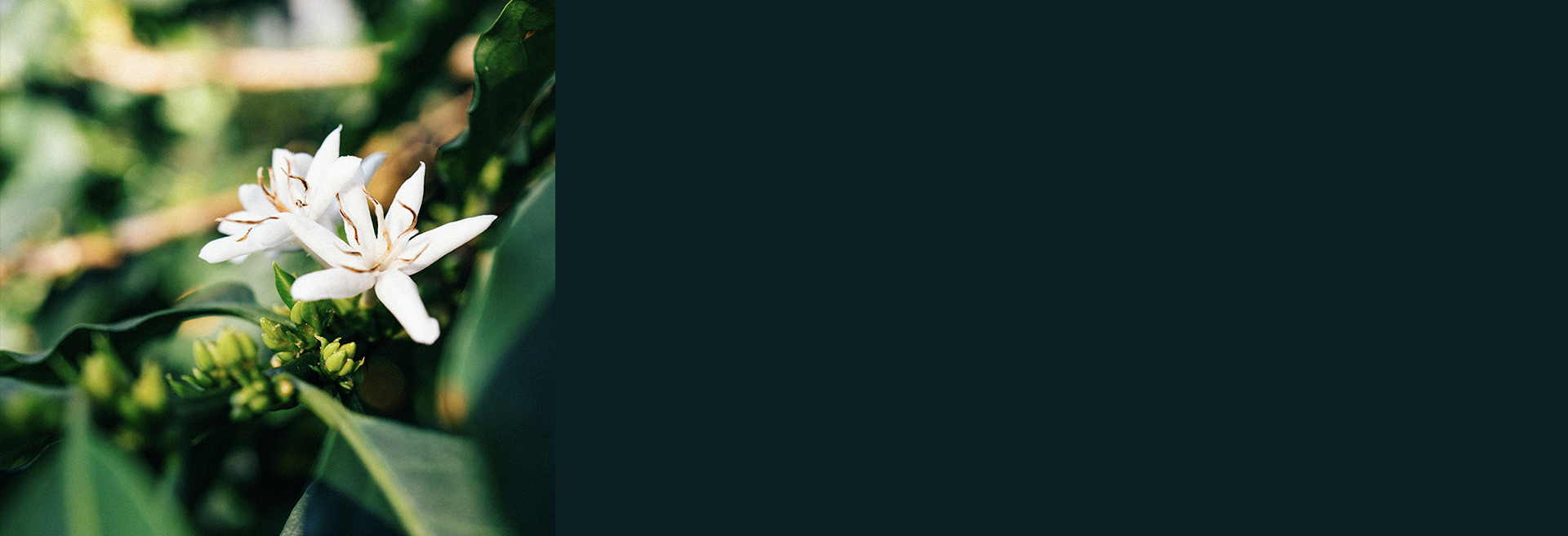Brazil
Fazenda Baioka
Terroir Best Lot
QUALITY SCORE: 87.00
Cup Notes
Cherry / Grape / Yellow Plum / Chocolate
Suggested for espresso and filter
when we roast
We freshly roast to order all coffees on Monday, Wednesday and Friday (excluding national holidays), and ship the same day! Cut-off time is 11:59pm (UTC+1) of the day before the roast day. *We only ship whole beans*
Details
- Quality Score
- 87.00
- Series
- Terroir Best Lot
- Producer
- Renato Monteiro
- Country
- Brazil
- Terroir
- Cerrado Mineiro
- Altitude
- 940 masl
- Process
- Classic Natural - Raised Beds
- Arabica cultivar
- Mundo Novo
- Picked in
- July 2022
- Arrived in
- January 2023
- Shipped in
- Jute + GrainPro
- Roast profile by
- Rubens Gardelli
- Roasted on
- Customised solid-drum roaster
Suggested brewing recipe
There are two recipes: one for conical brewer (think v60) and one for flat-bottom brewer (think Kalita), however you can surely brew our coffees with any other brewing device, such as immersion brewers.
Please remember that these recipes are intended as starting points and may require further adjustments if the equipment you use is not identical to the one in the recipe; the characteristics of water used can also make a big difference in brewing.
Finally, the recipes suited specifically to Rubens’ roasting style, hence we do not guarantee that they will work as a universal reference.
Have fun brewing!
- Coffee:
- 17g
- Grind:
- Comandante 19 clicks (medium)
- Water:
- 250g (40tds) at 93 Celsius
- Time:
- 2:40
- Brew strenght:
- 1,35 tds
- Coffee:
- 17g
- Grind:
- Comandante 15 clicks (medium)
- Water:
- 250g (40tds) at 93 Celsius
- Time:
- 2:30
- Brew strenght:
- 1,45 tds
THE STORY BEHIND
Coffee producer Renato Monteiro began his career working with his parents in Paraná state. The family relocated to the Cerrado Mineiro region in 2000, in search of a more consistent climate, and settled in Araguari, Minas Gerais. The Cerrado Mineiro region, located in northwest of the state of Minas Gerais, is a world-renowned, high quality coffee producing origin, which became the first Protected Geographical Indication in Brazil in 2005, with full Designation of Origin in 2013. The region is characterised by well-defined seasons—a hot, wet summer followed by a pleasantly dry winter. The dry climate during harvest eliminates potential problems with humidity during the drying process.
The Monteiros had worked as employees for other farmers for nine years, before realising their dream and buying their own farm - Fazenda Araras with 10 hectares under cultivation.
Today, Renato and his family also lease the nearby Fazenda Baioka, a 50-hectare property planted with 42 hectares of Mundo Novo trees. They work with great dedication and care, meticulously applying natural processing to the beans to highlight the terroir of the region. This Mundo Novo lot also underwent natural processing.
THE VARIETY
Mundo Novo is a vigorous and productive plant with good cup quality, but susceptible to major diseases. It is a natural hybrid of sub-varieties of Typica, Sumatra and Bourbon, grown widely in South America, but rarely in Central America and the Caribbean. Originally discovered in Brazil in the 1940s by the Instituto Agronômico de Campinase, the plant is strong, tall (up to 3 m) and resistant to strong wind. Due to these features and its cup quality, Mundo Novo is one of the most common amongst Brazilian coffee cultivars, forming around 40% of coffee grown in the country.
Mundo Novo’s productivity is high (according to some estimates, 30% higher than that of Bourbon), but its cherries ripen somewhat later than other varieties. The best altitudes for its cultivation are between 1,050 to 1,670 metres above sea level, with rainfall of 1,200 to 1,800mm per year.
THE FERMENTATION PROCESS
Dry process seems simple: pick the fruit, lay it out in the sun until it turns from red to brown to near-black, and then hull off the thick, dried outer layer in one step to reveal the green bean. It is a method suited to arid regions, where the sun and heat can dry the seed inside the intact fruit skin.
It's often referred to as "natural coffee" because of its simplicity, and because the fruit remains intact and undisturbed, a bit like drying grapes into raisins. Since it requires minimal investment, the dry process method is a default to create cheap commodity-grade coffee in areas that have the right climate capable of drying the fruit and seed.
But it’s a fail in humid or wet regions. If the drying isn't progressing fast enough, the fruit degrades, rots or gets covered with mould.
Dry-processed coffees can also be wildly inconsistent. If you want a cleanly-fruited, sweet, intense cup, dry process (DP) takes more hand labor than wet process. Even the most careful pickers will take green unripe or semi-ripe coffee off the branch as they pick red, ripe cherry. If these are not removed in the first days of drying, the green turns to brown that is hard to distinguish from the ripe fruit.




